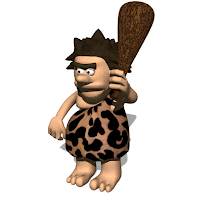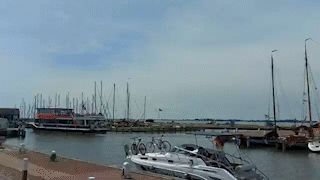Welcome to the Ourmedia, an initiative devoted to creating and sharing works of personal media.
Video blogs, photo albums, original music, documentary journalism, music videos, children's tales, Flash animations, student films -- all kinds of digital works have begun to flourish as the Web matures into a rich multimedia network.
The Ourmedia project was started by members of the creative and technology communities in the summer of 2004 as a way of advancing the spread of personal media. Our partners are the Internet Archive, Creative Commons, Broadband Mechanics, and Bryght. We're a free, nonprofit, open-source effort.
Ourmedia's vision is to bring personal media to millions of users' desktops through playlists, video jukeboxes, visual albums, and built-in media libraries. The repositories will contain thousands of media items that can be freely shared.

















































